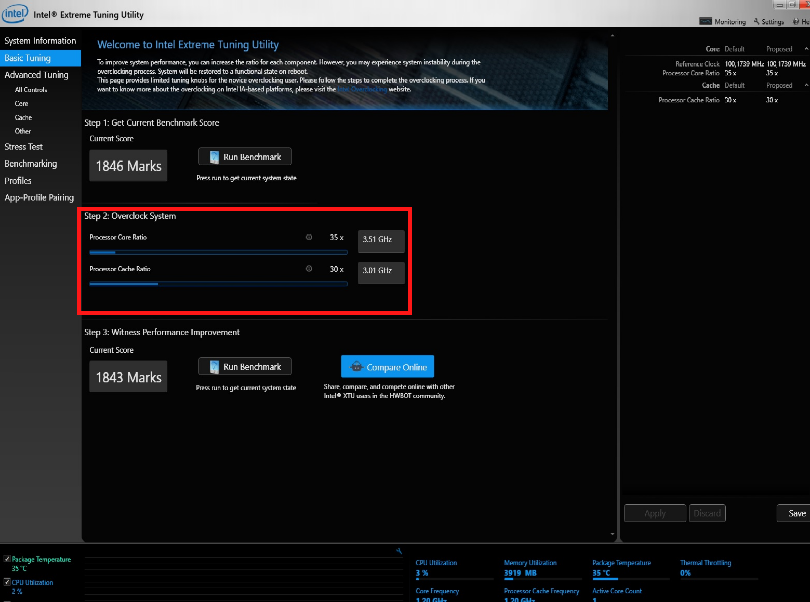

It makes benchmarking hard because this can vary from review to review depending on the hardware. Not every board follows Intel’s guidelines while some do. The other concern is how each motherboard handles Intel’s power limits. This is primarily a concern more during extensive AVX loads and not so much during normal workloads and gaming. Without extensive tweaking or proper tuning, throttling will occur. You will find yourself throttling down quickly over temperatures of 100☌. Before I explain the benefits, it’s important to note that even a 360mm AIO (All-in-one) cooler of this magnitude will struggle to keep the 11900K temperatures down. To keep the 11900K cool, Corsair sent over the H150i Elite Capellix. However, the items that are improved upon, substantially improve performance. Z590 offers only minor details when upgrading from Z490. We will go over the P1/P2 limits in more detail under the overclocking section. This is usually 1-2 cores and how the 11900K offers the 5.3GHz boost.

Turbo Boost 3.0: When in turbo mode the best cores will get a higher frequency. Turbo Boost 2.0: Uses defined frequency values based on how many cores are in use. It’s important to know that Adaptive boost overrides TVB when over the 3 cores. Turbo will be 100MHZ depending on Turbo Boost 2.0.Īdaptive Boost: When using Turbo and 3 or more cores, the CPU will attempt to achieve the best frequency regardless of Turbo 2.0. The better your cooling, the better the boost will be. TVB (Thermal Velocity Boost): This technology allows higher performance on top of your Turbo boost by automatically increasing the processor’s clock frequency temporarily. Reframe your thinking because you’re dealing with higher voltage caps and thermal thresholds, despite the two fewer cores. While you think you might know Intel, now is the time to throw everything you thought you knew about voltages away. It’s important to note that only the 11900K offers TVB (Thermal Velocity Boost) and requires your motherboard to have the proper UEFI.
#BENCHMARK ASUS INTEL EXTREME TUNING UTILITY UPGRADE#
For starters, the 11900K has been marked by many reviewers as a worthless upgrade if you already own a 10900K CPU. Remember that negative press I mentioned? There are great things this CPU can offer but it lacks in a ton of areas too. It also covers Deep Learning Boost/Vector Neural Network instructions, AI inference for increased performance on demanding workloads, and improved overclocking tools for fine-tuning your performance levels. Since we are focusing on the 11900K, it brings eight cores up to 5.3GHz, 16 threads with smart cache, and increased DDR4 speeds to 3200MHz and beyond. The IPC increase I mentioned brings a 19% generational improvement. Their entire purpose is to transform workload efficiency and increase gaming performance.

Cypress Cove is the new architecture for the 11th gen desktop CPUs.


 0 kommentar(er)
0 kommentar(er)
